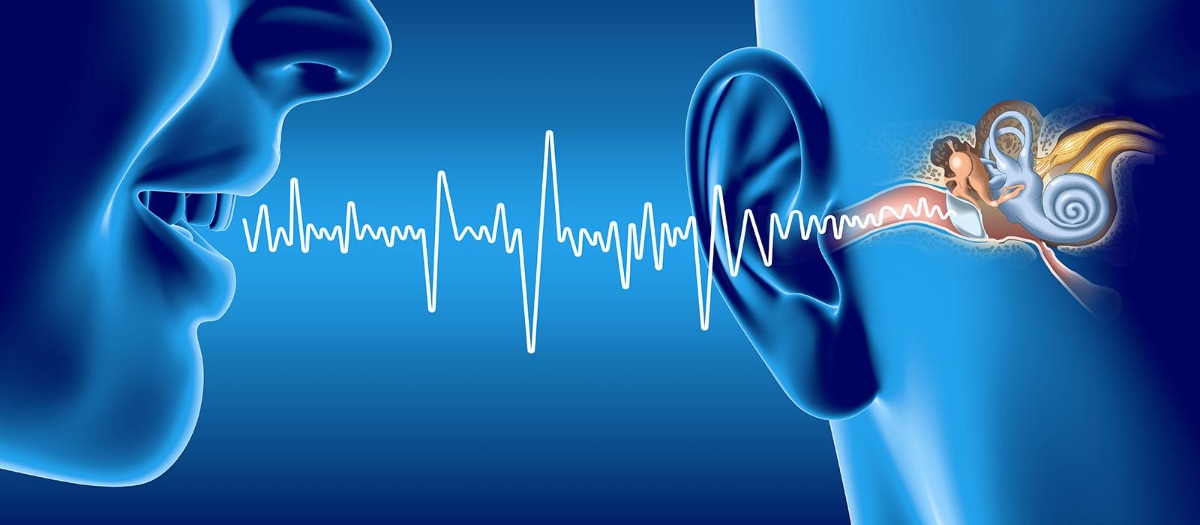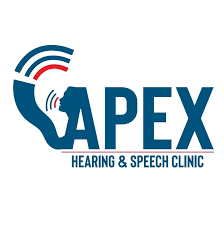INR 500
VOICE DISORDERSVoice disorders can have a neurological, organic, functional or psychological origin and affect the voice and vocal tract. They range from complete absence of voice (aphonia) to varying degrees of vocal impairment.People with voice disorders have very typical complaints, which include.HoarsenessScratchy voice, weak voice, breathy voice.Difficulty with loudness, increased effort to talk.Pain or discomfort while speaking or singing.Change in singing voice.Voice fatigue (worsening voice quality or discomfort with voice use) .Changes in voice after trauma or surgery to the neck, throat, or larynx.Change in pitch of the voice, Female voice in males (puberphonia) or male voice, in females (andropohonia).Hyper and hyponasality (Nasal voice).Causes of voice disordersOrganic causes include the following:StructuralVocal fold abnormalities (e.g., vocal nodules, oedema, glottal stenosis and polyp).Inflammation of the larynx.Trauma to the larynx (e.g., from intubation, chemical exposure, or external trauma).NeurologicRecurrent laryngeal nerve paralysisAdductor/abductor spasmodic dysphoniaParkinson's diseaseMultiple sclerosisFunctional causes include the following:Phonotrauma (e.g., yelling, screaming, excessive throat-clearing)Muscle tension dysphoniaVentricular phonationVocal fatigue (e.g., due to effort or overuse)Psychogenic causes include the following:Chronic stress disordersAnxietyDepressionConversion reaction (e.g., conversion aphonia and dysphonia)How the Voice problems can be prevented?Avoiding Abuse or misuse of voice like yelling.Drinking sufficient water.Avoiding throat clearing.Avoiding spicy foods.Avoiding drugs like aspirin or anti allergic drugs.Avoiding of smoking an alcohol.How is a voice disorder diagnosed?A thorough evaluation of the patient is required to diagnose the patient’s problem and to decide its management. A typical evaluation normally includes:A thorough history taking, to determine the exact nature and possible causes of the complaintAssessing the function of the vocal folds with Flexible Laryngoscope.Examining the vocal cords using a specialized flickering light source, called digital Laryngostroboscopy. This allows an assessment of the movement and vibration of the vocal cords. This best & latest instrument for early detection of vocal cord cancer.Analysis of the sound signal (acoustic or computerized voice analysis).Other special tests may also be required for a complete evaluation of the voice disorder. Many times a voice problem has to be diagnosed and treated by a team of specialist like E.N.T Surgeon, Speech therapist/Speech Language Pathologist (SLP’s), gastroenterologist, endocrinologist, neurophysician and psychologist etc.
READ MORE











